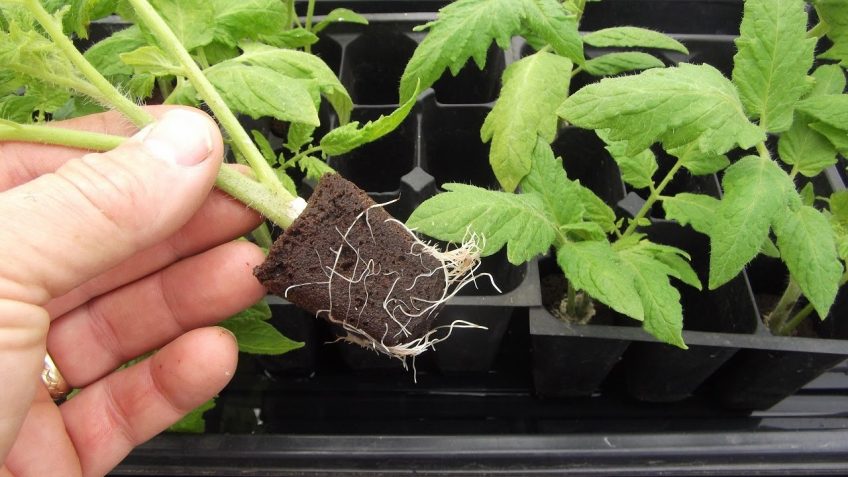
Downtime in the garden can really kill your productivity and efficiency. Cloning plants, such as tomatoes, will greatly reduce the time, space, and resources like potting soil. It will also give you a more predictable result, since you are not starting seeds with unknown traits, but cloning only the best plants in your garden. Here’s how to get started cloning your own plants.
First, you will need a few supplies:
- Razor blade
- Clone plugs
- Clone tray with plastic cover
- Root tone
Directions
- Most important is the selection of mother plants. You want to not only look for the most productive plants, but also plants that show no signs of disease or susceptibility to pests.
- Once you have selected your mother, find a branch that is still tender and young to make a cutting from. Starting from the tip, count back three branches or points of growth. This is usually only a few inches on the branch. This is where you want to make your cut.
- Using a clean razor blade, make a split in the bottom of the new cutting, about ½ of an inch long. This is to increase the amount of surface area that will be exposed to the root tone.
- Dip the split cutting into your root tone.
- Insert the cutting into a plug, set the plug in it an empty hole in a tray and repeat the process until you have enough clones or until you run out potential cuttings or room in the tray.
- Put some water in the bottom of the tray so that the plugs can wick water to your cuttings and cover the tray with the clear plastic dome.
- Place the covered tray of new clones in a location where it will not receive direct sunlight. The clones will be vulnerable to heat and welting until they have produced roots.
- Check on your clones every day to make sure they are not getting too hot and have enough water. If you notice any that are not looking healthy, remove them so that they do not spread illness to other clones.
- After a week or so, lift the tray up and look underneath to check for roots. Once you see some roots your clones are ready for transplant.
Once you have completed the process you will realize how easy it is and how much time and resources can be saved by making your own clones.
If you enjoyed this, you might also like….
Home Defense in the End Times…
Natural Healing Secrets You Need to Know…
Eat Like Your Ancestors…
Let Us Know Your Thoughts

